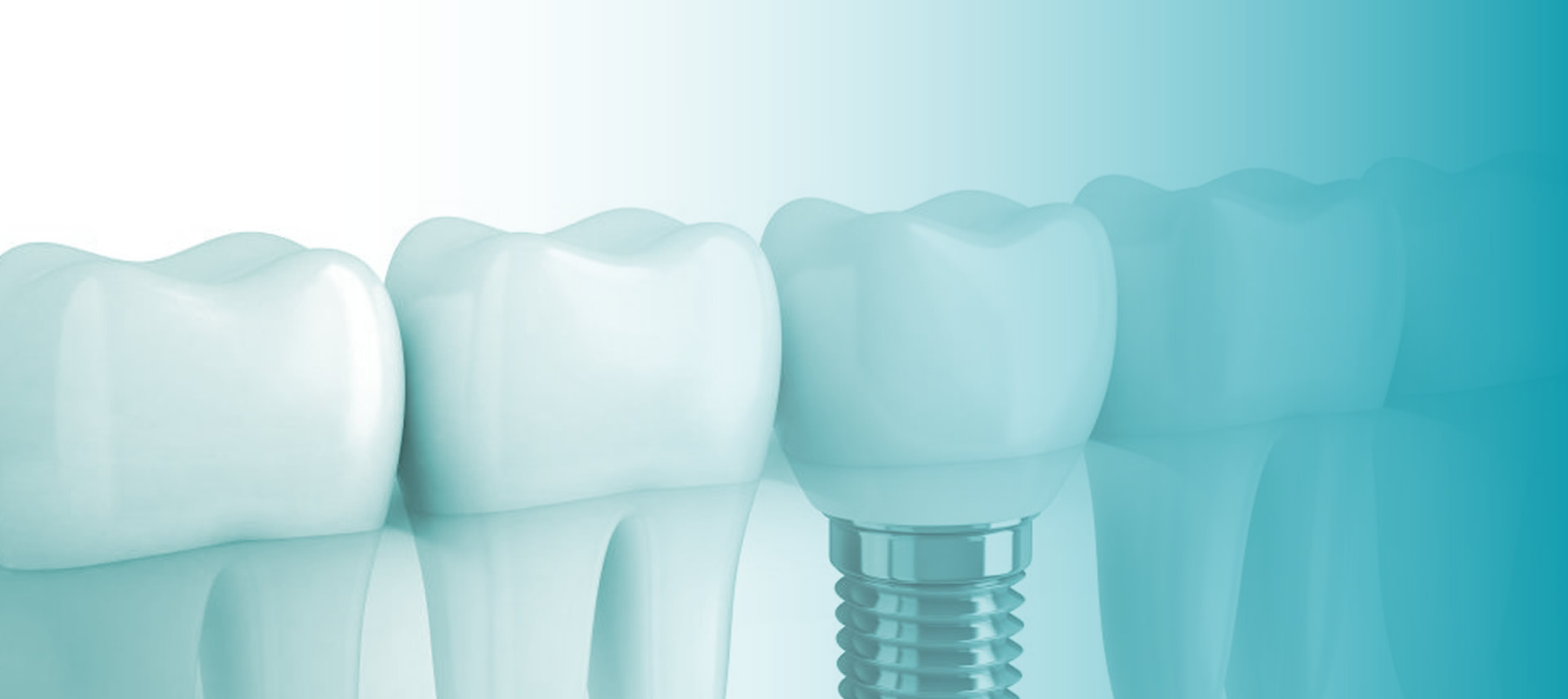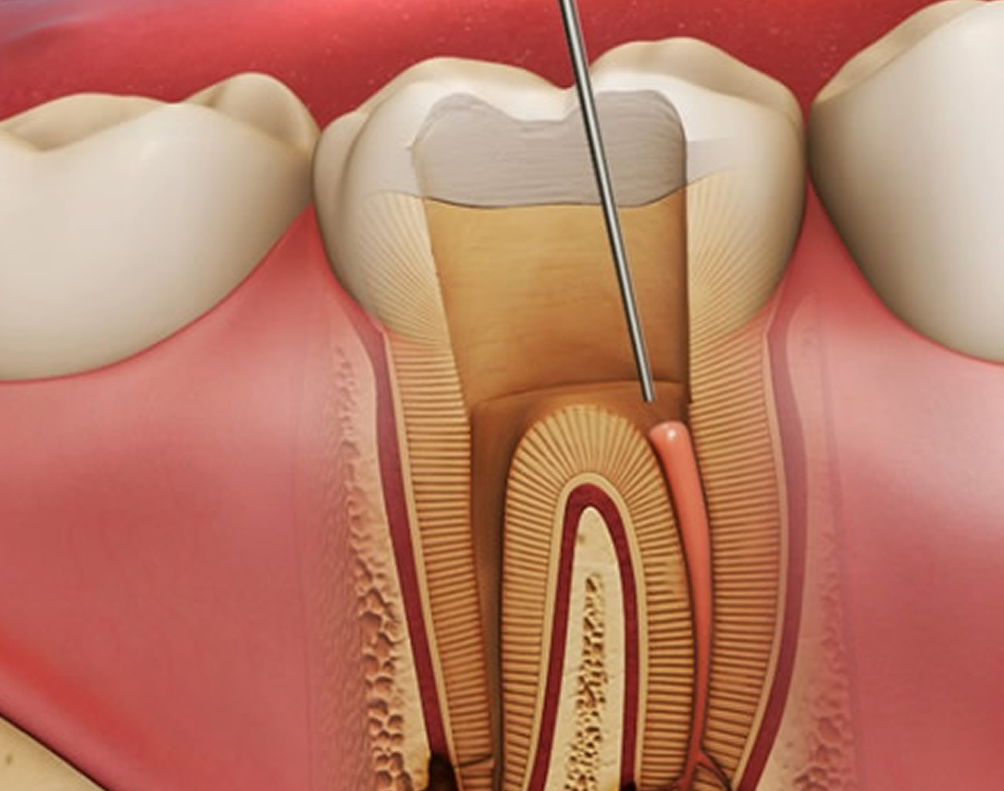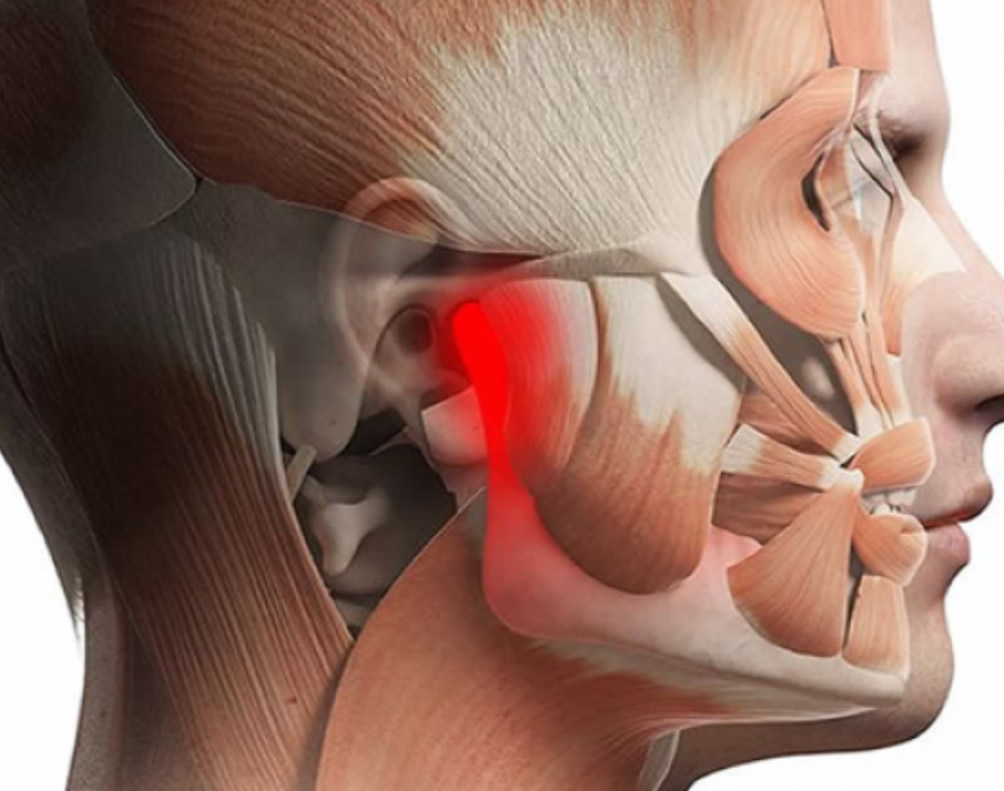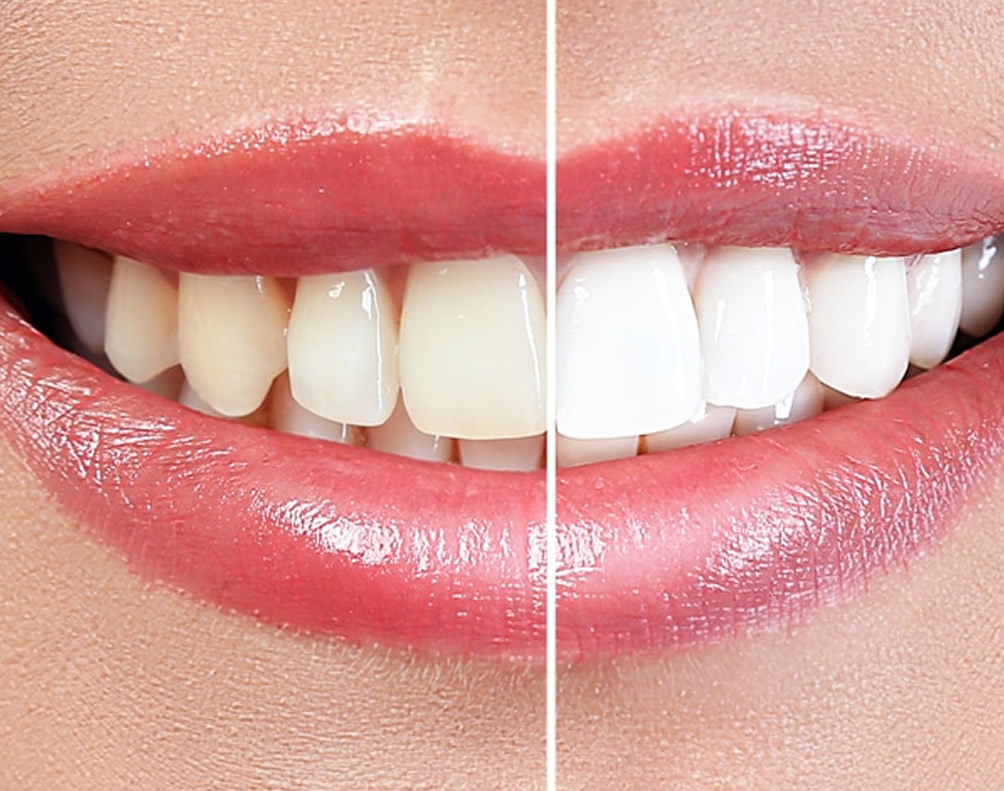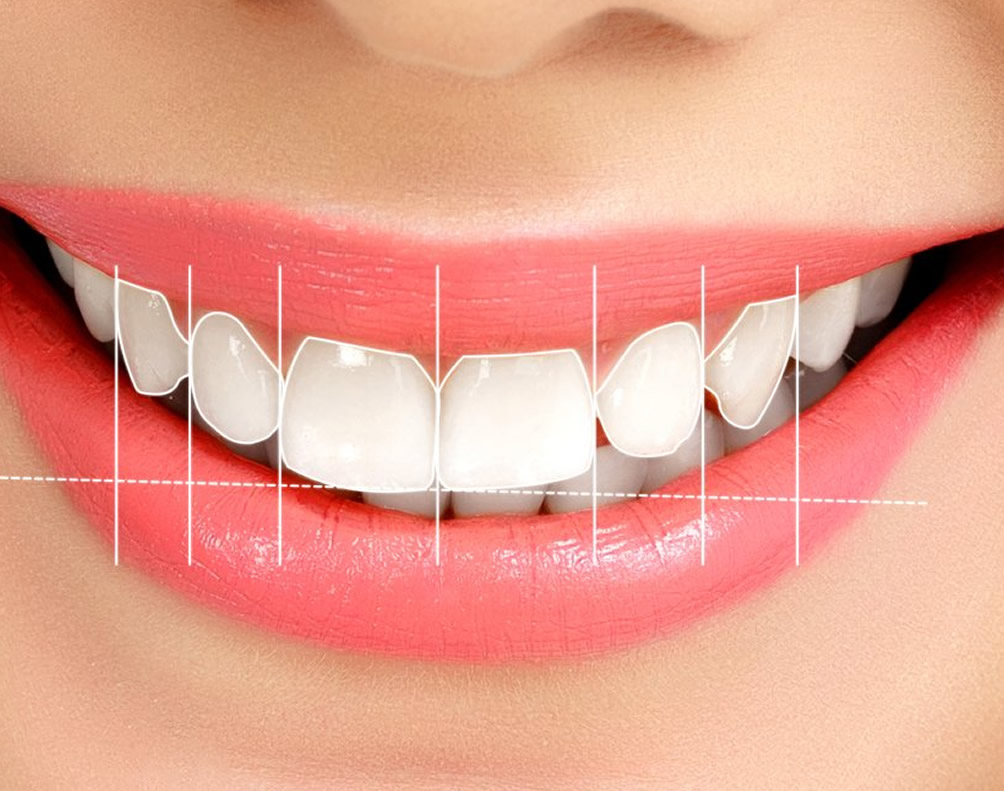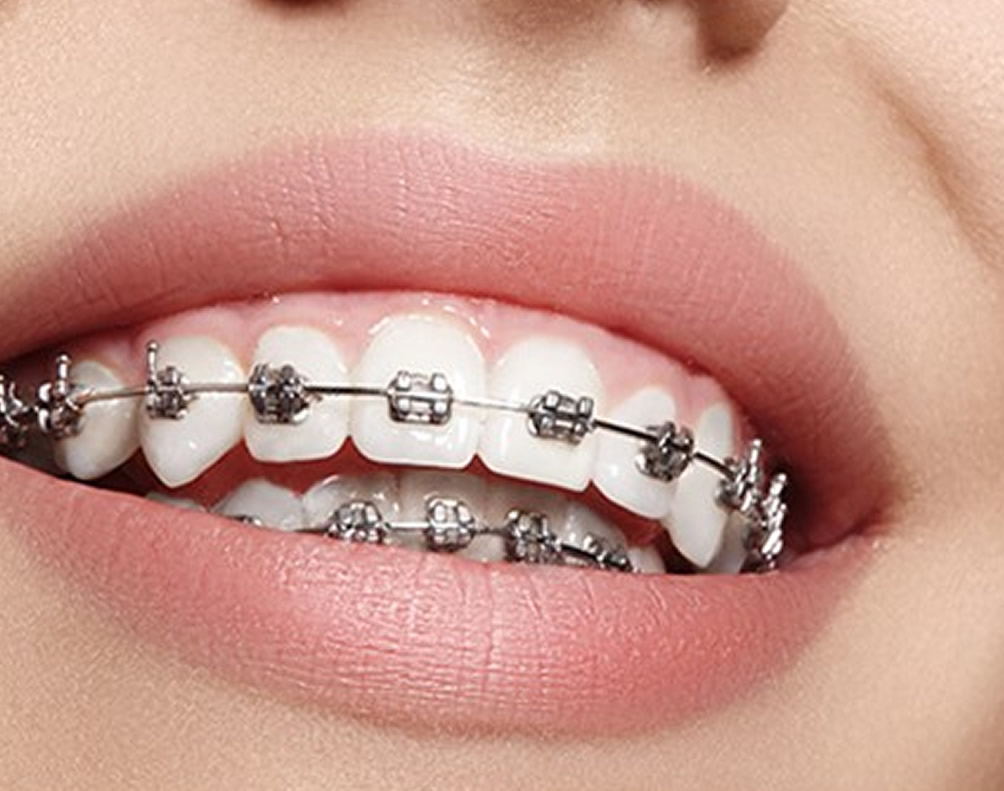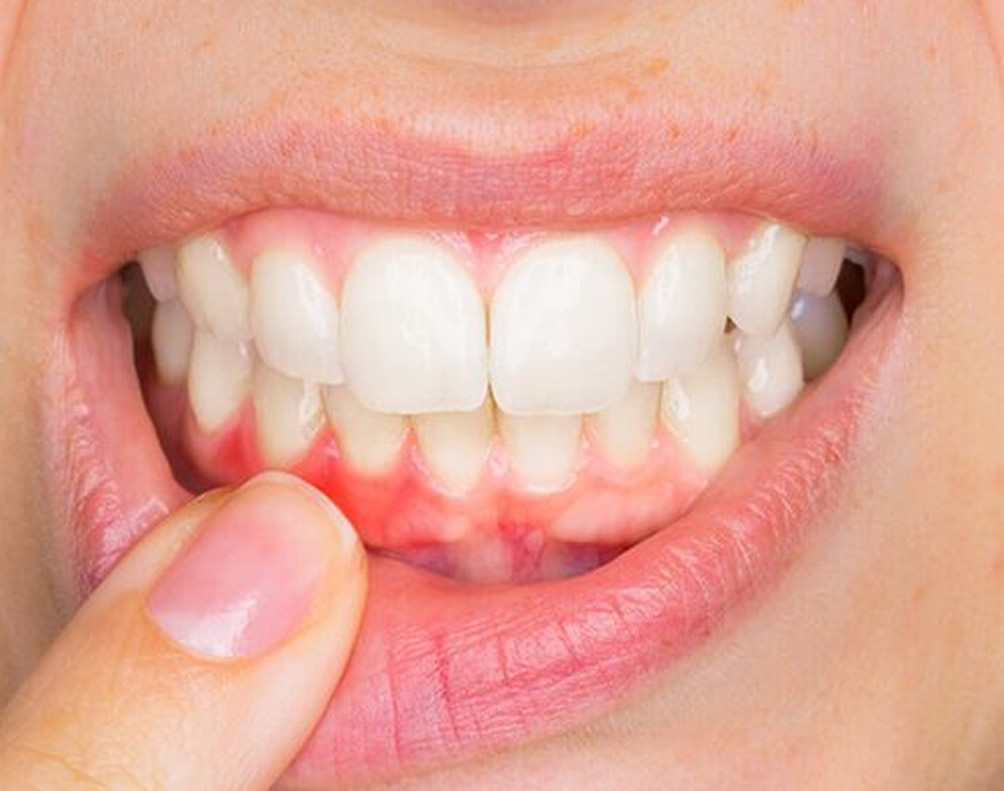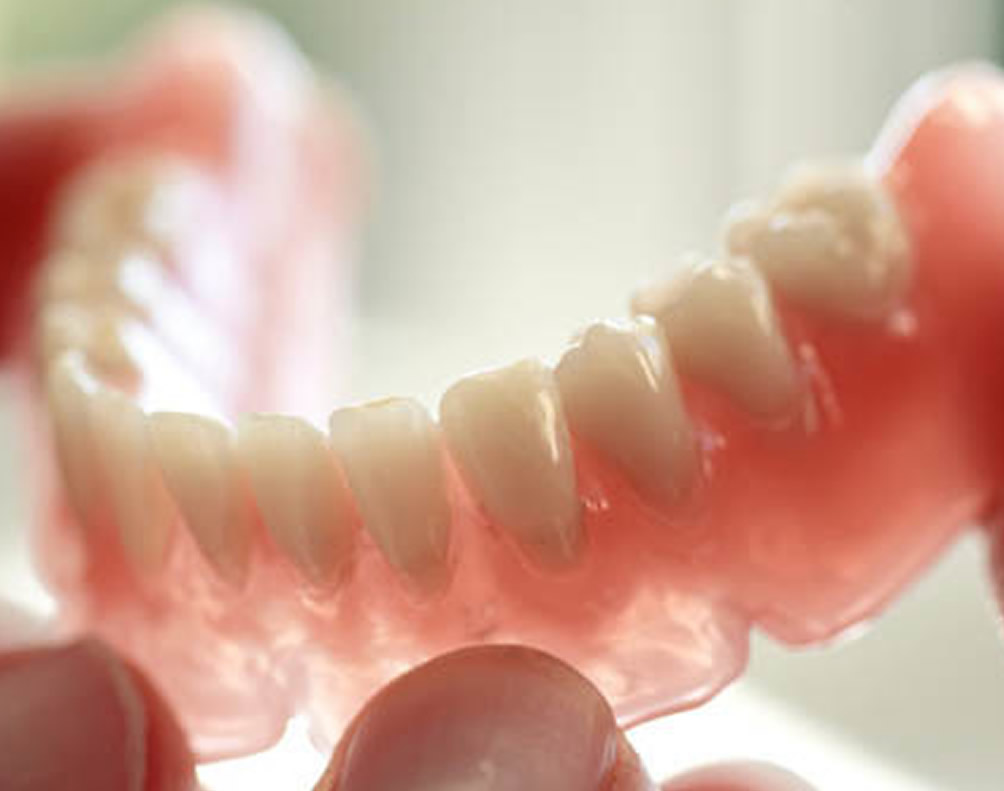The general perception in society is that if you have edentulous areas after tooth extraction, you are a suitable candidate for dental implants. Your general health should be good for implant treatment. For example, uncontrolled diabetes, cancer, exposure to radiotherapy of the jawbones, smoking, alcoholism, and uncontrolled gum problems can affect the fusion of implants to the jawbone. Among these factors, the risk of failure is 2 times higher in smokers and approximately 3 times higher in radiotherapy patients. It is very important for implant treatment that your dentist knows your health status and the medications you use. Where and how the implants will be placed is decided after a detailed examination of the entire mouth-jaw system and dental functions. For this, devices such as intraoral models, special radiographs and computerized tomography can be used.

